A quote from Peter's video, Electric Motor Secrets: "These concepts are universal, and can be applied to hundreds of design topologies. Even more exciting is the fact that electric generators can be designed to provide no back EMF operation as well!"
This is the question I have. Has Peter ever posted or said anything that has gone more in depth in this aspect?
This is the question I have. Has Peter ever posted or said anything that has gone more in depth in this aspect?

 I don't know what makes it, but it is definitely not the touching of rotor and stator
I don't know what makes it, but it is definitely not the touching of rotor and stator 


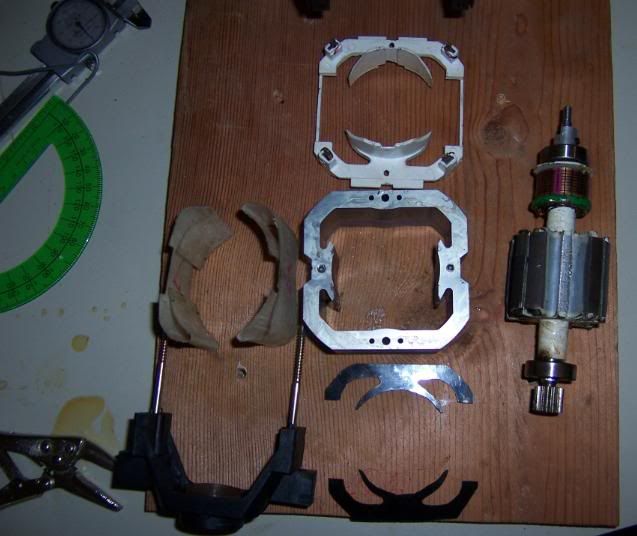
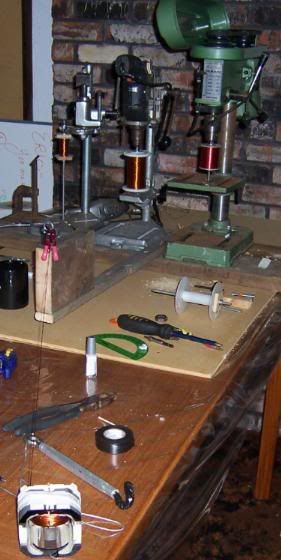
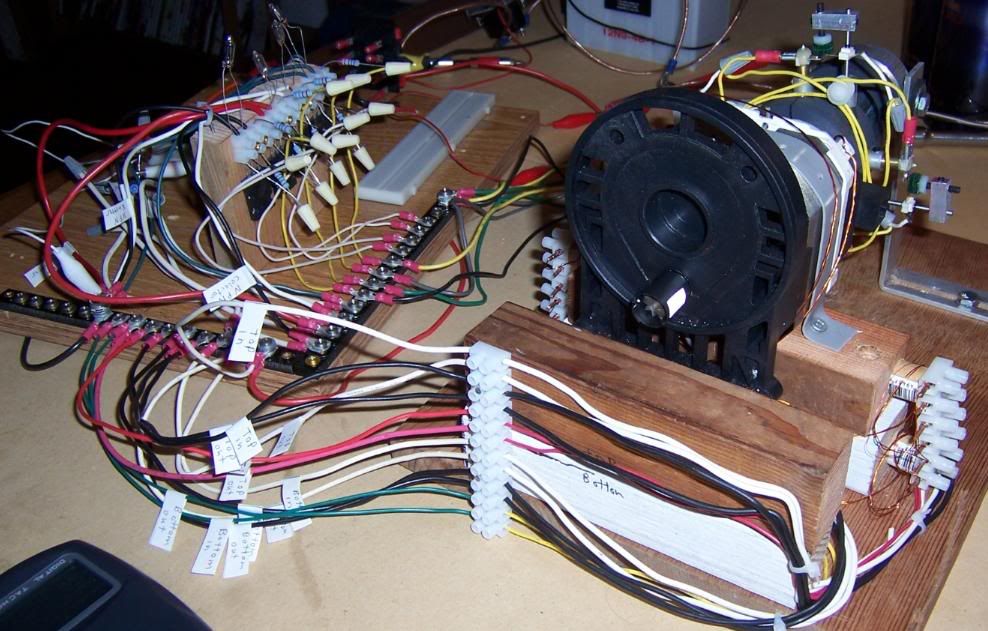
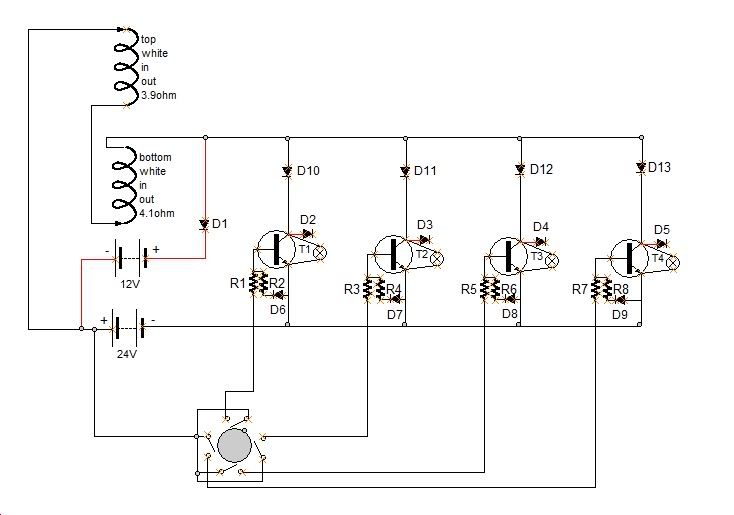
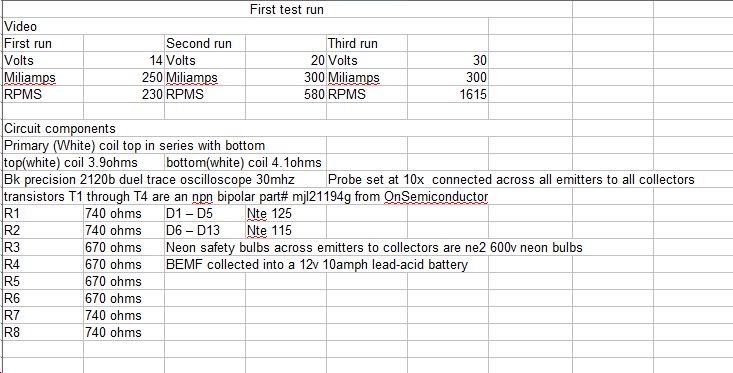



Comment